₹
₹
₹
₹
₹
₹
₹
₹
Category:
1.5-Ton AC
Clear all
Availability
Ac Type
Brand
Capacity Tons Ac
Color
Cooling Power
Dust Filter
Emi Offers
Energy Efficiency
Fixed Settings
Heating
Indoor Depth
Indoor Height
Indoor Width
Installation Type Wall Floor Mountted
Inverter
Noise Level
Offers
Outdoor Depth
Outdoor Height
Outdoor Width
Refrigerant
Room Size
Smart Features
Special Features
Did you mean
Smartphones
320 Products
1.5-Ton AC
320 Products
Sort by: Relevance

Relevance
Price: High to Low
Price: Low to High
EMI: High to Low
EMI: Low to High
Discount: High to Low
Discount: Low to High
Newly Launched
Compare
Showing results for vivo instead of vovo
Showing results for Mobile
-
Sort by
- Relevance
- Price Highest to Lowest
- Price Lowest to Highest
Compare
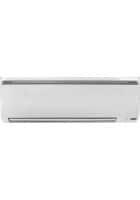
Daikin 1.5 Ton 4 Star Inverter Split White (Copper Condenser, RKL50UV16U)
Currently Unavailable
Easy EMI Starting from
₹ 2,217
/month
Currently Unavailable
Easy EMI Starting from
₹ 2,217
/month
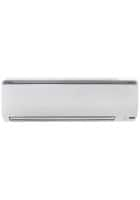
Daikin 1.5 Ton 5 Star BEE Rating Inverter Split AC White (Copper Condenser, FTKM50UV16U)
Currently Unavailable
Easy EMI Starting from
₹ 2,494
/month
Currently Unavailable
Easy EMI Starting from
₹ 2,494
/month
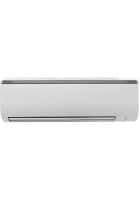
Daikin 1.5 Ton 3 Star Inverter Split AC White (Copper Condenser, RKL50UV16V3)
Currently Unavailable
Easy EMI Starting from
₹ 2,084
/month
Currently Unavailable
Easy EMI Starting from
₹ 2,084
/month
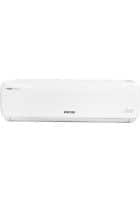
Voltas 1.5 Ton 3 Star Inverter Split AC White (Copper Condenser, 183V Vectra Prime)
Currently Unavailable
Easy EMI Starting from
₹ 2,541
/month
Currently Unavailable
Easy EMI Starting from
₹ 2,541
/month
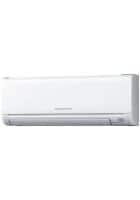
Mitsubishi 1.5 Ton 4 Star Inverter Split AC White (MSYRJS18VF)
Currently Unavailable
Easy EMI Starting from
₹ 5,609
/month
Currently Unavailable
Easy EMI Starting from
₹ 5,609
/month
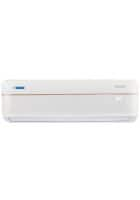
Blue Star 1.5 Ton 5 Star Inverter AC White (IC518VNUR)
Currently Unavailable
Easy EMI Starting from
₹ 2,400
/month
Currently Unavailable
Easy EMI Starting from
₹ 2,400
/month
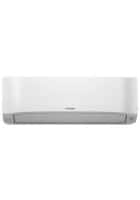
Hitachi 1.5 Ton 3 Star Split AC White (Copper Condenser, RAS.B318PCAIBA)
Currently Unavailable
Easy EMI Starting from
₹ 2,896
/month
Currently Unavailable
Easy EMI Starting from
₹ 2,896
/month
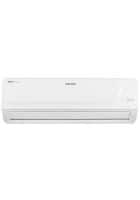
Voltas 1.5 Ton 3 Star Inverter Split AC White (Copper Condenser, SAC183V Vectra Platina)
Currently Unavailable
Easy EMI Starting from
₹ 2,600
/month
Currently Unavailable
Easy EMI Starting from
₹ 2,600
/month
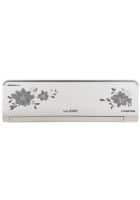
Lloyd 1.5 Ton 5 Star Inverter Split AC White (LS18I56HAWA)
Currently Unavailable
Easy EMI Starting from
₹ 2,025
/month
Currently Unavailable
Easy EMI Starting from
₹ 2,025
/month
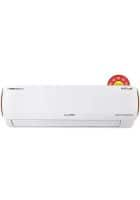
Lloyd 1.5 Ton 5 Star Inverter Split AC White (LS18I55WBHL)
Currently Unavailable
Easy EMI Starting from
₹ 2,025
/month
Currently Unavailable
Easy EMI Starting from
₹ 2,025
/month
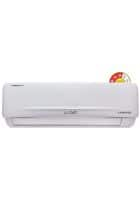
Lloyd 1.5 Ton 3 Star Split AC White (Copper Condenser, GLS18I3FWSEL)
Currently Unavailable
Easy EMI Starting from
₹ 2,875
/month
Currently Unavailable
Easy EMI Starting from
₹ 2,875
/month
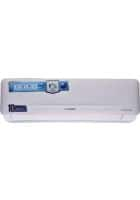
Lloyd 1.5 Ton 5 Star Inverter Split AC White (Copper Condenser, GLS18I56WGEL)
Currently Unavailable
Easy EMI Starting from
₹ 2,025
/month
Currently Unavailable
Easy EMI Starting from
₹ 2,025
/month
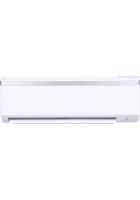
Daikin 1.5 Ton 3 Star Split White (Copper Condenser, FTL50UV16V3)
Currently Unavailable
Easy EMI Starting from
₹ 3,075
/month
Currently Unavailable
Easy EMI Starting from
₹ 3,075
/month
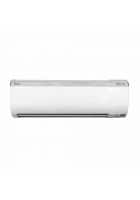
Daikin 1.5 Ton 3 Star Split White (Copper Condenser, RL50UV16V3)
Currently Unavailable
Easy EMI Starting from
₹ 3,108
/month
Currently Unavailable
Easy EMI Starting from
₹ 3,108
/month

Lloyd 1.5 Ton 5 Star BEE Rating AC - GLS18I5FWCEL
Currently Unavailable
Easy EMI Starting from
₹ 2,025
/month
Currently Unavailable
Easy EMI Starting from
₹ 2,025
/month

Lloyd 1.5 Ton 5 Star Inverter Split AC White (Copper Condenser, GLS18I5FWGBP)
Currently Unavailable
Easy EMI Starting from
₹ 2,025
/month
Currently Unavailable
Easy EMI Starting from
₹ 2,025
/month
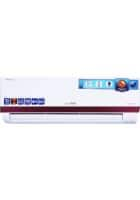
Lloyd 1.5 Ton 5 Star Split AC Copper Condenser (GLS18I56WGBP)
Currently Unavailable
Easy EMI Starting from
₹ 2,025
/month
Currently Unavailable
Easy EMI Starting from
₹ 2,025
/month

Lloyd 1.5 Ton 5 Star Split White (Copper, GLS18I55WPHD)
Currently Unavailable
Easy EMI Starting from
₹ 2,025
/month
Currently Unavailable
Easy EMI Starting from
₹ 2,025
/month
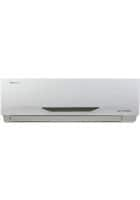
Lloyd 1.5 Ton 5 Star Inverter Split AC White (Copper Condenser, GLS18I5FWCXT)
Currently Unavailable
Easy EMI Starting from
₹ 2,025
/month
Currently Unavailable
Easy EMI Starting from
₹ 2,025
/month
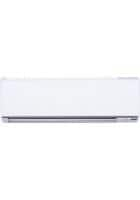
Daikin 1.5 Ton 5 Star Inverter Split White (Copper Condenser, FTKZ50UV16U4)
Currently Unavailable
Easy EMI Starting from
₹ 2,445
/month
Currently Unavailable
Easy EMI Starting from
₹ 2,445
/month
We couldn't find anything matching your search term. Please try searching for something else.
Explore more.png)
Available Variants

Compare (0)
Error
You can compare only 3 products at a
time.

Success
Product is added to Wishlist

Error
Product is added to Wishlist
Removed from wishlist
Added to Wishlist

Login
 Hello! Login to get assured cashback up to ₹.5000* on purchase
Hello! Login to get assured cashback up to ₹.5000* on purchase
Login











